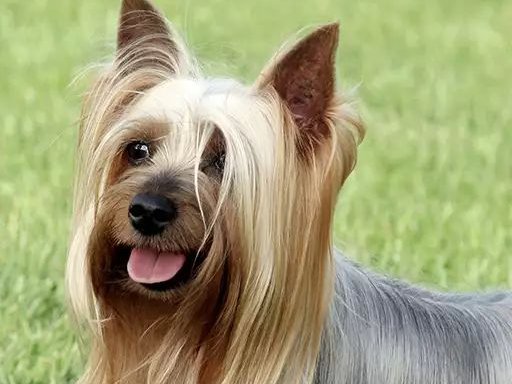If you suffer from allergies or simply want to avoid the constant clean-up of fur, you’ve probably searched for a non-shedding dog. Many breeds are marketed as hypoallergenic or “non-shedding,” but do dogs like this actually exist? The short answer: not exactly — but it’s a bit more complicated than that.
Let’s take a closer look at what “non-shedding” really means, which breeds shed the least, and how to manage dog hair if you want a cleaner home and fewer sneezes.
What Does “Non-Shedding” Really Mean?
The idea of a completely non-shedding dog is more myth than reality. All dogs — like all mammals — shed at least a little. Even hairless breeds have skin cells that slough off. What most people really want is a dog that doesn’t leave clumps of fur on the couch or trigger allergic reactions.
Dogs that are labeled low-shedding or hypoallergenic typically have hair instead of fur, shed minimally, and produce less dander. But that doesn’t mean they’re entirely mess-free or allergy-proof.
Popular Breeds That Shed Less
While truly non-shedding dogs don’t exist, some breeds come very close by shedding so little that it’s barely noticeable. Here are a few popular choices:
Poodle (all sizes): Their curly coat traps loose hair and dander, reducing airborne allergens.
Bichon Frise: These small dogs have soft, curly coats that don’t shed much and are easy to groom.
Portuguese Water Dog: Known for their tight curls and active personalities, they shed very little.
The Allergy Factor
People often assume low-shedding dogs are hypoallergenic. While less hair means less dander is spread around, dog allergies are caused by proteins in saliva, skin, and urine — not the hair itself. These proteins can cling to fur and become airborne when dogs shed or groom themselves.
So while low-shedding breeds may reduce exposure, no dog is 100% safe for allergy sufferers. The key is to spend time around a breed before adopting and talk to your doctor if you’re unsure.
Final Thoughts
While the dream of a truly non-shedding dog is appealing, the truth is that all dogs shed to some extent. However, many breeds shed so little that with proper grooming, they’re virtually maintenance-free when it comes to fur. Whether you’re managing allergies or just want a cleaner couch, choosing a low-shedding dog and staying on top of grooming routines can help you enjoy the best of both worlds — companionship without the fur storm.
Learn More
For more details on managing dog hair and allergies, visit petniq.com
